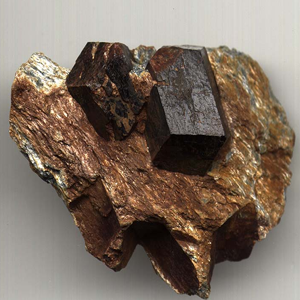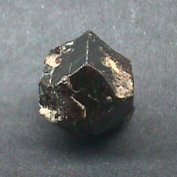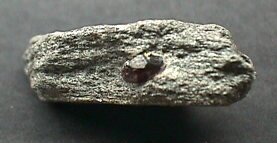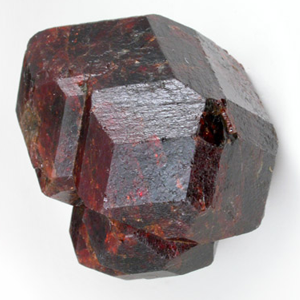ALMANDINE MINERAL
ALMANDINE:
Almandine, also known incorrectly as almandite, is a species of mineral belonging to the garnet Group.The Garnet group is a small group of closely related minerals. The members of the Garnet group are isomorphous, and some of them freely intermingle. They vary only slightly in physical properties, and some of them may be so similar that they are indistinguishable from one another without x-ray analysis. The most common members are: Pyrope, Almandine, Spessartine, Grossular, Andradite, and Uvarovite.
Where do they form Almandine Mineral :
Almandine mineral is a variety of the mineral species called garnet. It is typically found in metamorphic rocks that have been subjected to high temperatures and pressures, such as those found in mountain ranges. It can also be found in sedimentary rocks that have been subjected to weathering and the action of water. Almandine mineral can be found in many places around the world, including India, South America, North America, Europe, and Australia.
USES:
1.Almandine is a type of garnet mineral, which belongs to a group of silicate minerals that share a common crystal structure. Its chemical formula is Fe3Al2(SiO4)3.
2.Almandine is a dark-red to purplish-red variety of the mineral garnet. It is typically found in metamorphic rocks, as well as in igneous rocks like granite and syenite.
3.Almandine forms during the metamorphism of siliceous sedimentary rocks, such as shale, sandstone, and limestone. It is also present in igneous rocks that have undergone contact metamorphism.
4.Almandine forms as a result of the reaction between silica and iron-bearing minerals, such as magnetite and hematite, in the presence of heat and pressure.
5.Almandine is commonly found in regions of intense metamorphism, such as mountain belts, and it is often associated with other metamorphic minerals like staurolite and kyanite.
TYPES OF ALMANDINE MINERAL:
Almandine is a type of garnet mineral that is a dark red to black in color and is composed of iron aluminum silicate. It is the most abundant of the garnet minerals and is found in many types of rocks, including metamorphic and igneous. Almandine typically forms in crystals with a dodecahedral shape, but can also be found in masses, as granules, or as flakes. Its structure is composed of calcium and magnesium-rich plagioclase feldspars, biotite mica, and hornblende. Almandine is typically harder than quartz, with a hardness rating of 7.5 to 8 on the Mohs scale. It is also relatively dense, with a specific gravity of 3.9 to 4.3.
Almandine is used in a variety of applications, including jewelry, abrasives, and industrial filtration. It is also used as a gemstone, and is the birthstone for January. Almandine is also used in various types of ornamental stone work, such as engraved stones and carved figures. The mineral is also used as an additive to certain types of industrial ceramics, and is also used in the production of some types of glass and enamels.
The minerals in the Garnet group are called "Garnets". All Garnets are hard and many are fit for gem use. Unless articulate, most mineral and gem dealers don't refer to garnets by their true name (i.e. Almandine), but by the name "Garnet". The garnets as a group occur in all colors (except for blue). For more information about garnets, see the Garnet group.
Almandine is the most common Garnet. Although only a small amount of this mineral is fit for gem use, it is nevertheless a popular gem. It is the most widely used Garnet in the gem trade. More gems are faceted from Almandine than any other type of Garnet. Some Almandine garnets display asterism when polished as cabochons. Such specimens are known as "Star Garnets". Almandine most commonly occurs embedded in Mica schists. It also occurs in large, single crystals, which are caused from the breakup of the Mica schist due to weathering.












